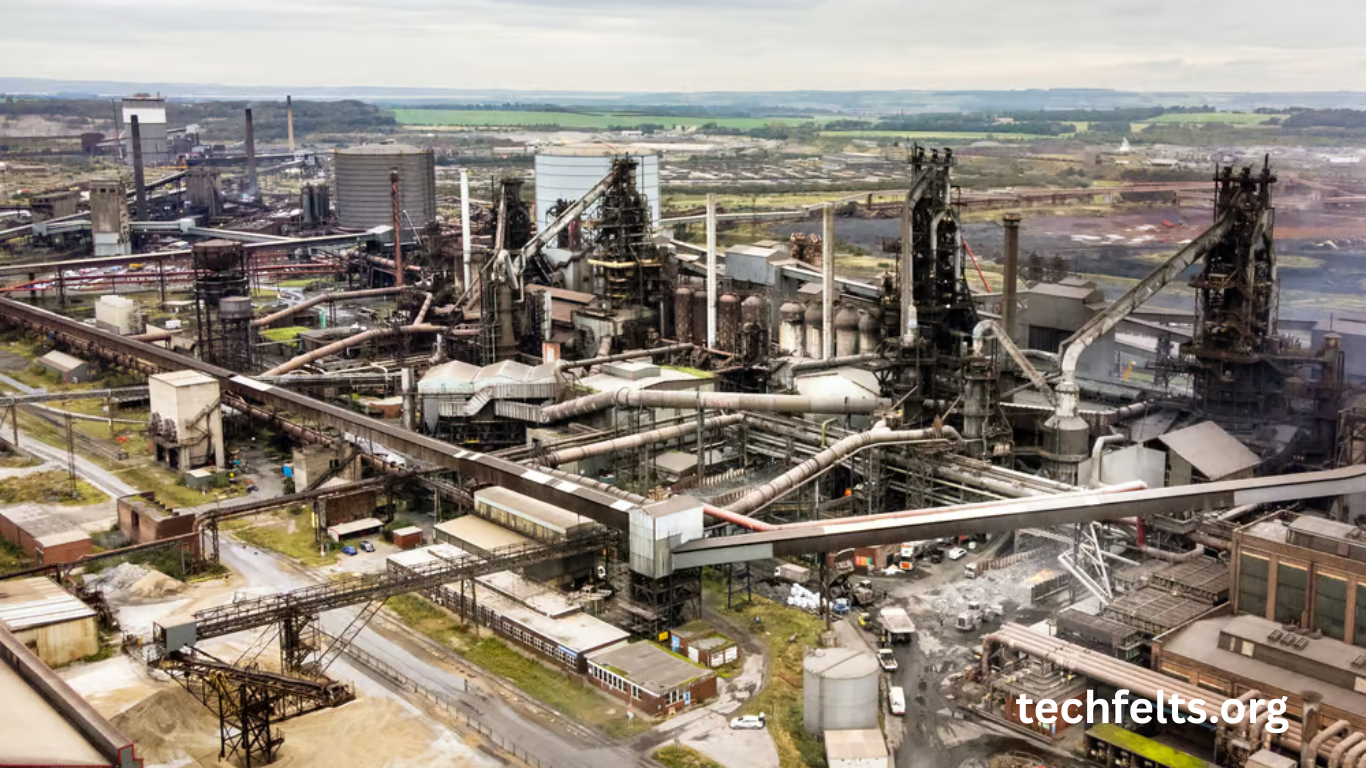British Steel faced relentless pressure from global steel markets and significantly cheaper imports from Asia. These lower-cost alternatives undercut domestic pricing, squeezing British Steel’s profit margins. The rising cost of raw materials and energy added to the burden, leaving limited space for financial flexibility. The volatility of global markets exposed the company to frequent disruptions, diminishing competitiveness and causing a ripple effect through the UK’s manufacturing landscape.
Weak Demand and Industry Overcapacity
Demand for Steel in the UK and across Europe saw a steady decline due to slowing infrastructure projects and reduced automotive production. Simultaneously, global steelmakers continued producing at high capacity, leading to a surplus. This overcapacity drove prices further down, eroding British Steel’s revenue streams. In such an environment, maintaining profitability proved increasingly difficult, setting the stage for severe financial strain.
Brexit Uncertainty and Its Ripple Effects
The uncertainty surrounding Brexit created a hostile environment for trade and investment. Fluctuating currency values and unpredictable tariffs discouraged new contracts. British Steel’s European customers hesitated to commit, concerned about potential delays, costs, and disruptions. This lack of confidence weakened the company’s order book, and without clarity, planning became nearly impossible, putting strategic decisions on hold and threatening long-term sustainability.
High Operating Costs and Aging Infrastructure
British Steel operated with significant legacy costs and infrastructure that lagged behind more modern, energy-efficient plants abroad. Due to tight finances, investment in upgrades remained limited. As production costs climbed, competitors with streamlined processes and newer equipment outpaced British Steel in both efficiency and pricing. This imbalance strained profit margins and intensified the pressure to either innovate quickly or fall behind.
Mismanagement and Ownership Challenges
Ownership changes and inconsistent leadership affected strategic direction. Greybull Capital’s acquisition promised revival but lacked the deep investment needed for a meaningful turnaround. Frequent leadership reshuffles and unclear accountability diluted the company’s focus. This inconsistency made it challenging to execute long-term strategies or respond swiftly to market conditions, leaving British Steel vulnerable in a volatile industrial climate.
Government Support: Delayed and Limited
Efforts to secure government assistance fell short of expectations. Though discussions took place, concrete financial backing was delayed or limited by regulatory constraints. Political hesitation and fears of setting a bailout precedent hampered intervention. Without timely support, British Steel struggled to stay afloat as essential liquidity and confidence waned during its most critical moments.
Read More : Why a psychopath wouldn’t hesitate to cause another global financial crisis
Environmental Regulations and Emission Costs
Tighter environmental policies in the UK and EU imposed additional financial obligations. Carbon emission allowances and sustainability compliance became increasingly expensive. While necessary for long-term ecological goals, these measures added to the company’s immediate financial strain. Competing nations with more lenient standards gave their domestic steel industries an edge, widening the gap in operational costs.
Supply Chain Disruptions and Global Events
Unexpected disruptions, including geopolitical tensions and logistical hurdles, impacted the flow of raw materials and deliveries. Events like trade wars and shifting alliances further complicated procurement. These supply issues caused delays, production downtime, and cost increases. British Steel’s reliance on intricate global networks made it vulnerable to even minor disturbances, amplifying financial distress and operational inefficiencies.
Frequently Asked Questions
What led to the financial struggles of British Steel?
A mix of global competition, weak demand, and high operating costs eroded the company’s financial stability.
How did Brexit impact British Steel?
Brexit created uncertainty in trade, discouraged investment, and weakened customer confidence across European markets.
Was British Steel receiving government aid?
Talks occurred, but government aid was limited and not delivered swiftly enough to prevent a crisis.
Did British Steel invest in modernization?
Limited investments were made, but aging infrastructure remained a significant disadvantage against global competitors.
How did environmental policies affect operations?
New regulations increased costs through emission allowances and compliance requirements, straining profit margins.
Who owned British Steel during the crisis?
Greybull Capital, a private investment firm, owned British Steel but struggled to deliver a complete turnaround.
Was poor management a factor in the crisis?
Yes, frequent leadership changes and unclear strategies contributed to instability and slow response to challenges.
Can British Steel recover in the future?
Recovery is possible with strategic investment, modernization, strong leadership, and more transparent economic policies.
Conclusion
British Steel’s crisis stemmed from a convergence of global market challenges, domestic pressures, and structural inefficiencies. While external factors played a significant role, internal weaknesses, and delayed responses deepened the impact. A path to recovery depends on innovation, sustainable practices, and stronger support systems across the industry. Understanding these causes is key to rebuilding confidence in UK manufacturing and ensuring a resilient future.

